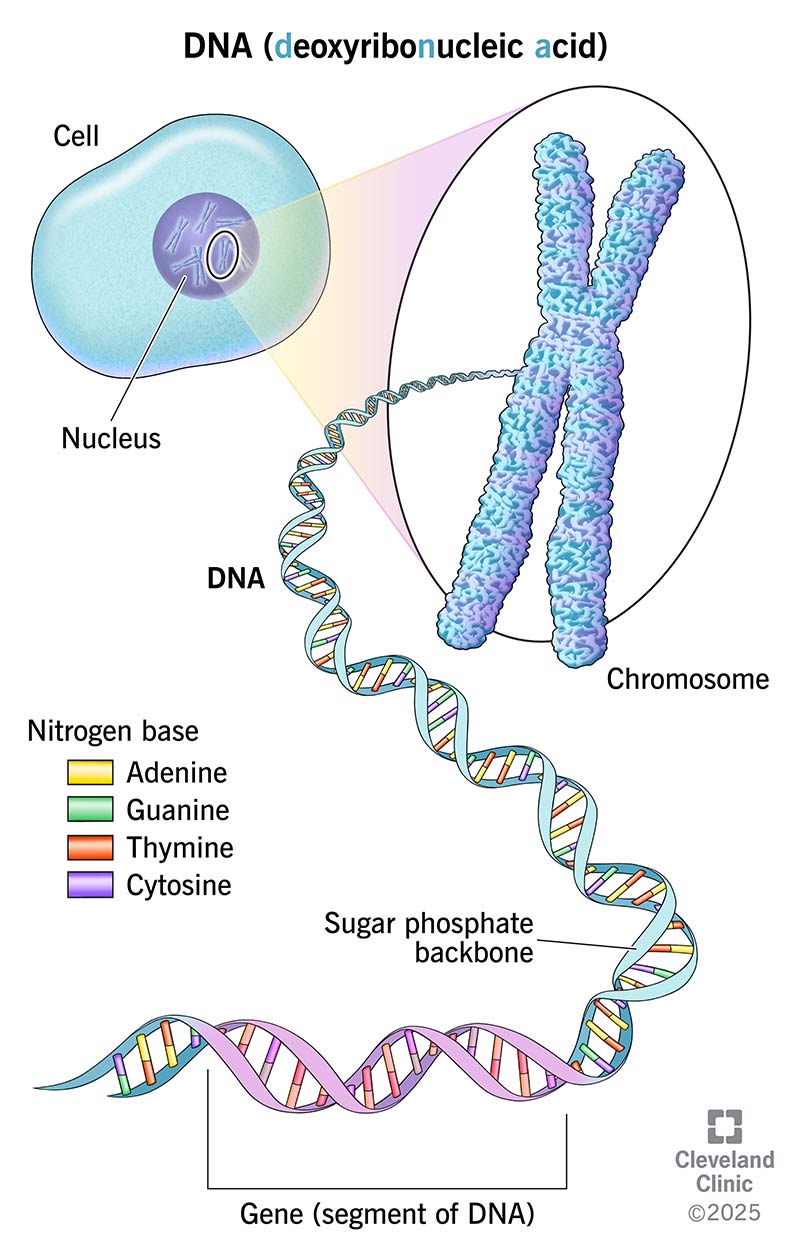7667766266
enquiry@shankarias.in
Mains: GS III – Science and Technology- Developments and their Applications and Effects in Everyday Life
Recently, The Supreme Court, in Kattavellai @ Devakar v. State of Tamil Nadu, recently issued guidelines to maintain the integrity of deoxyribonucleic acid (DNA) samples in criminal cases.
